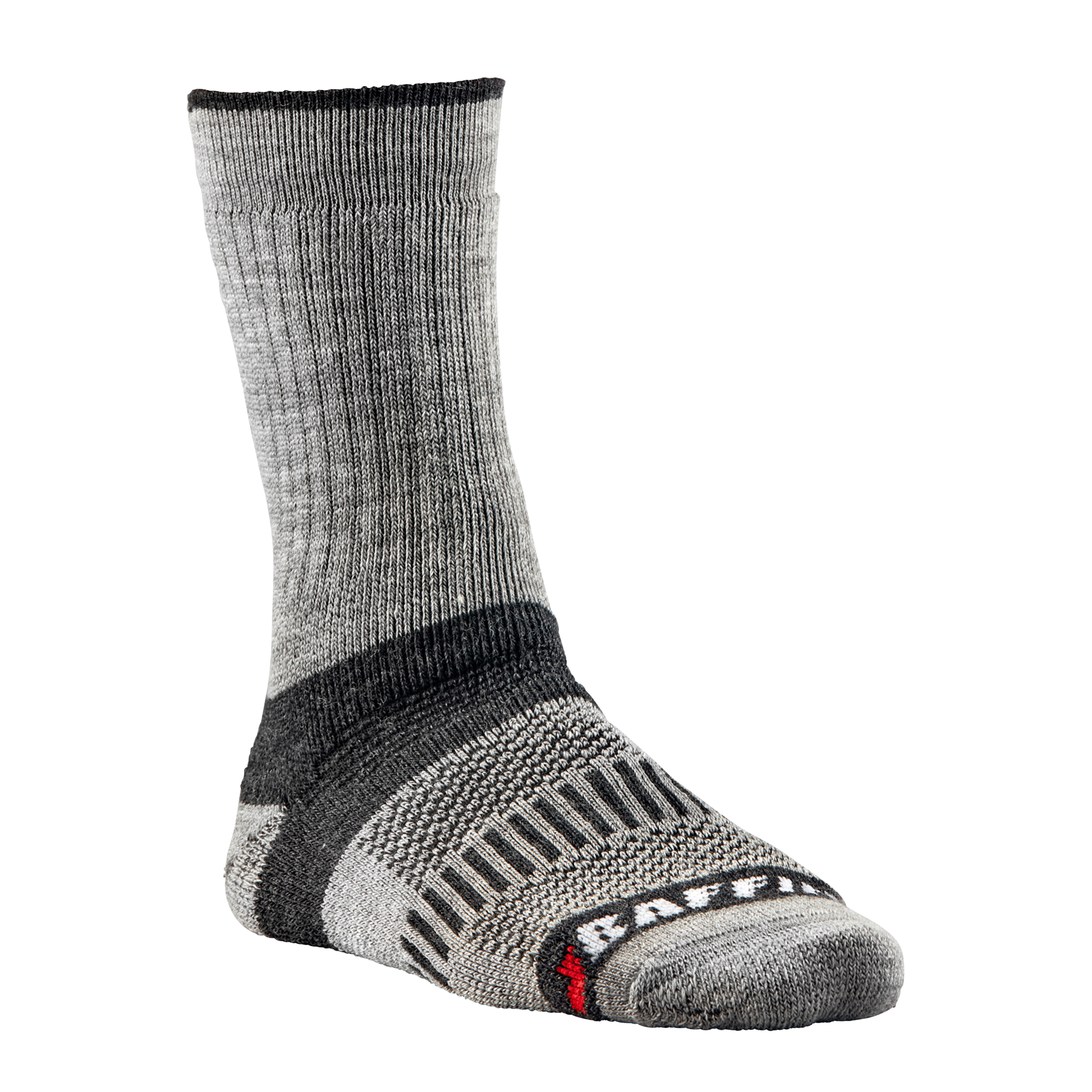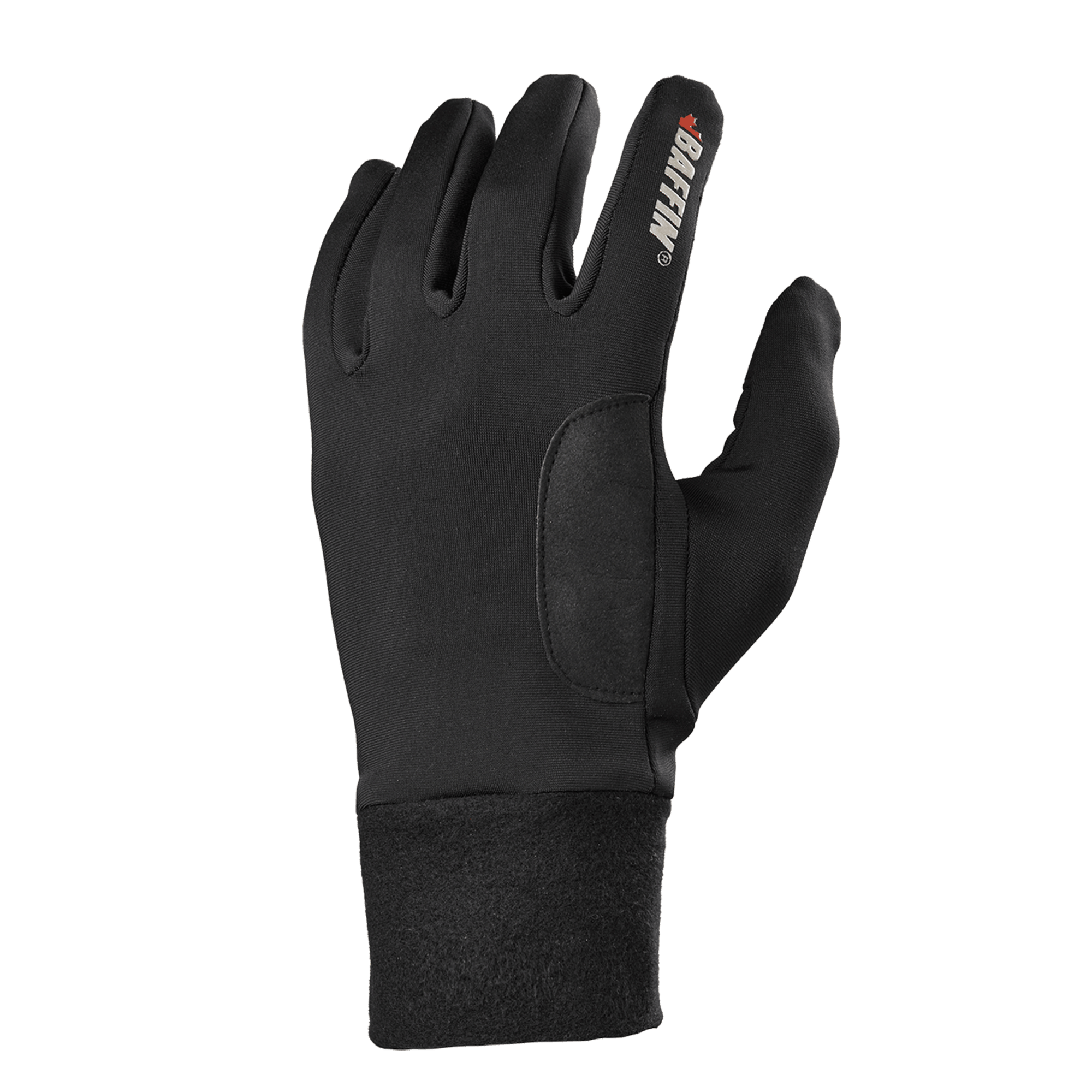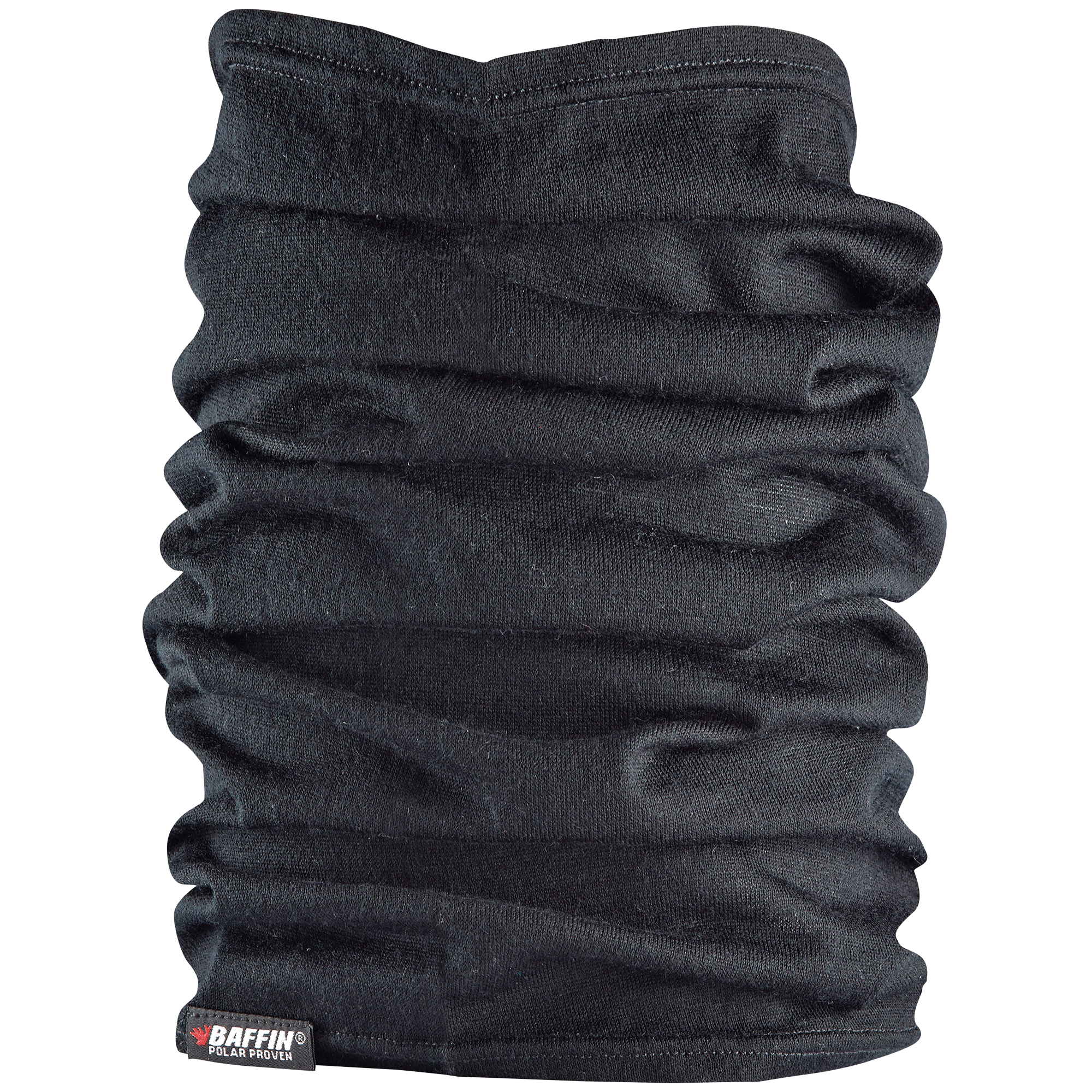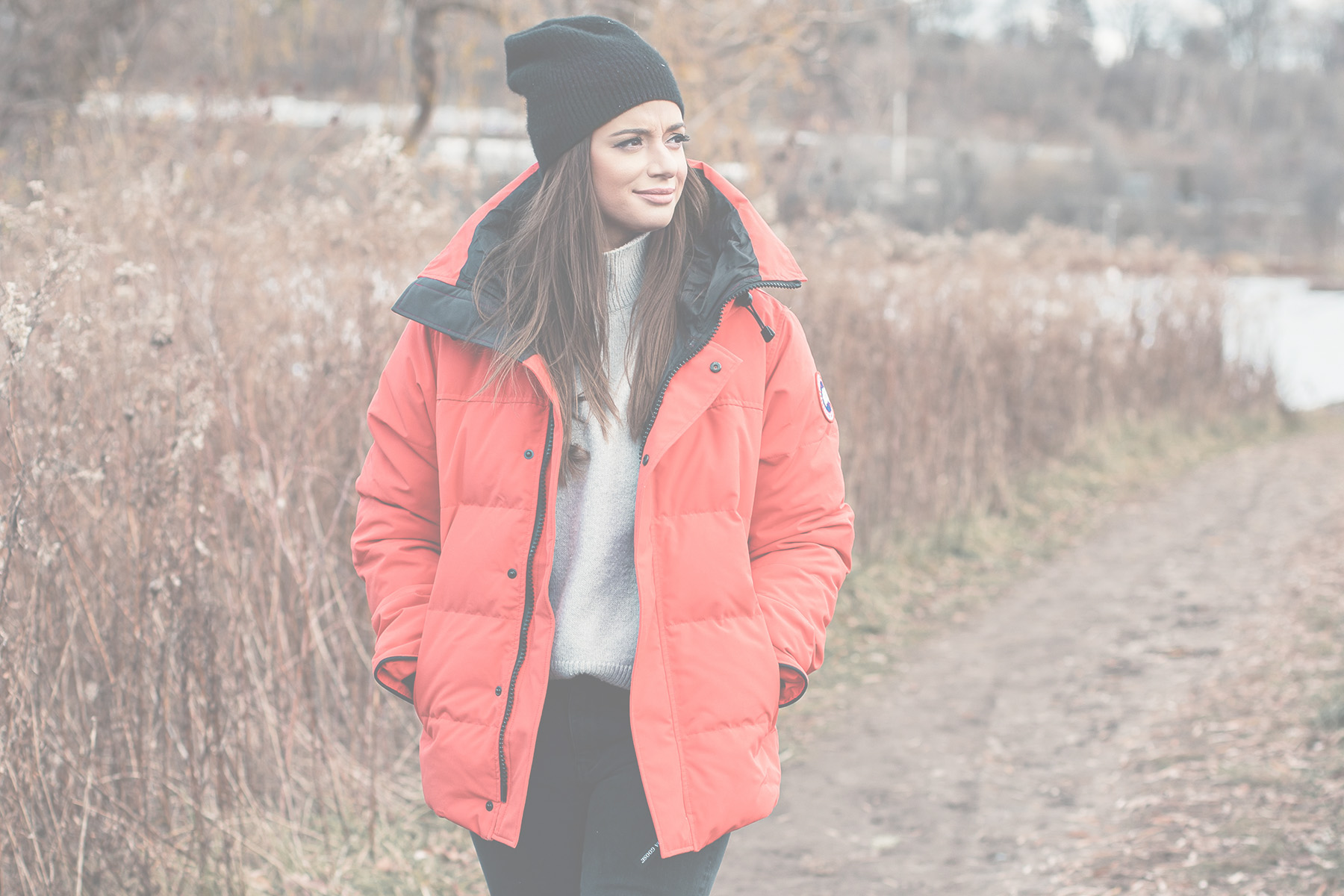All
Three Snowshoeing Safety Tips
February 13, 2023
Winter is here and many people are excited about all the outdoor activities that come with the colder months. Snowshoeing is a winter classic and whether you have seasons of experience or are just starting out, there are safety considerations before hitting the trail.
Footwear

When wearing snowshoes, it's best to wear waterproof breathable, insulated, and warm footwear. Winter boots with a sturdy and supportive sole are ideal, as they provide the necessary support and stability for walking in snowshoes. Additionally, the boots should be high enough to cover your ankles and keep snow from entering the boot. If you plan on walking in deep snow or in harsh winter conditions, consider wearing boots with built-in snow collars to prevent snow from entering your boots. Insulation with breathable and sweat-wicking technology is important to avoid moisture. As for socks – always avoid cotton when performing at a higher activity level. Cotton holds onto moisture in the cold.
It's important to have warm and dry feet when snowshoeing, as wet feet can lead to cold and discomfort.
Winter Sun Safety
Whether you're an avid snowshoer, skier, snowboarder, hiker, or simply enjoy a winter walk, it's important to remember that the sun can still cause damage to your skin, even on cloudy days.

"Did you know that snow can reflect the sun's UV rays by up to 80%, this combined with a higher altitude can make winter sun every bit as damaging on the slopes as it is on the beach!”- Melanoma Canada.
Sun exposure is a leading cause of melanoma, a harmful form of skin cancer. While many people associate skin cancer with hot summer days, the sun's UV rays can be just as damaging during the winter months. In fact, the reflection of the sun off the snow can increase your exposure to UV rays and increase your risk of skin damage.
The good news is that it's easy to protect yourself from the sun in the winter. Here are some tips to help you stay safe:
Sunscreen - The most important step in protecting yourself from the sun is to use a broad-spectrum and water-resistant sunscreen with at least SPF 30. Apply it to all exposed skin, including your face, neck, ears, and hands, and reapply every two hours. If you're going to be spending a lot of time outside, consider using a higher SPF.
Wear Protective Clothing - Wearing protective clothing, such as a hat and sunglasses, can also help to reduce your exposure to the sun. Look for clothing that is specifically designed to protect against UV rays and consider investing in a good pair of sunglasses that will block out harmful UV rays. “Sunglasses or goggles that offer 99 per cent or greater UV protection and have wraparound or large frames will offer more protection for your eyes, eyelids and the sensitive skin around your eyes. This is very important as these areas are common sites for skin cancers - not to mention sun-induced aging!” – Melanoma Canada

Stay Hydrated
You are more likely to get dehydrated when hiking in the winter, as the cold weather can reduce your thirst sensation and make it easy to overlook the importance of staying hydrated. This can be especially dangerous if you are snowshoeing in harsh conditions, such as high altitudes or extreme cold, where your body is working harder to maintain its core temperature. Many winter activities including snowshoeing can lead to excessive sweating, which increases the risk of dehydration. It's important to stay hydrated by drinking water before, during, and after your outdoor activity. You can also carry a water bottle or hydration pack to make sure you have enough water available. Additionally, consider bringing along high-energy snacks, such as energy bars or dried fruit, to help replace any fluids and electrolytes lost through sweat.
Stay Safe
It's important to be aware of the safety hazards of outdoor winter sports. By following these simple tips, you are more likely to enjoy all your favorite outdoor winter activities, however, this is not a definitive list. Be sure you are practiced and aware of the safety requirements and risks that come with enjoying the outdoors during winter.













